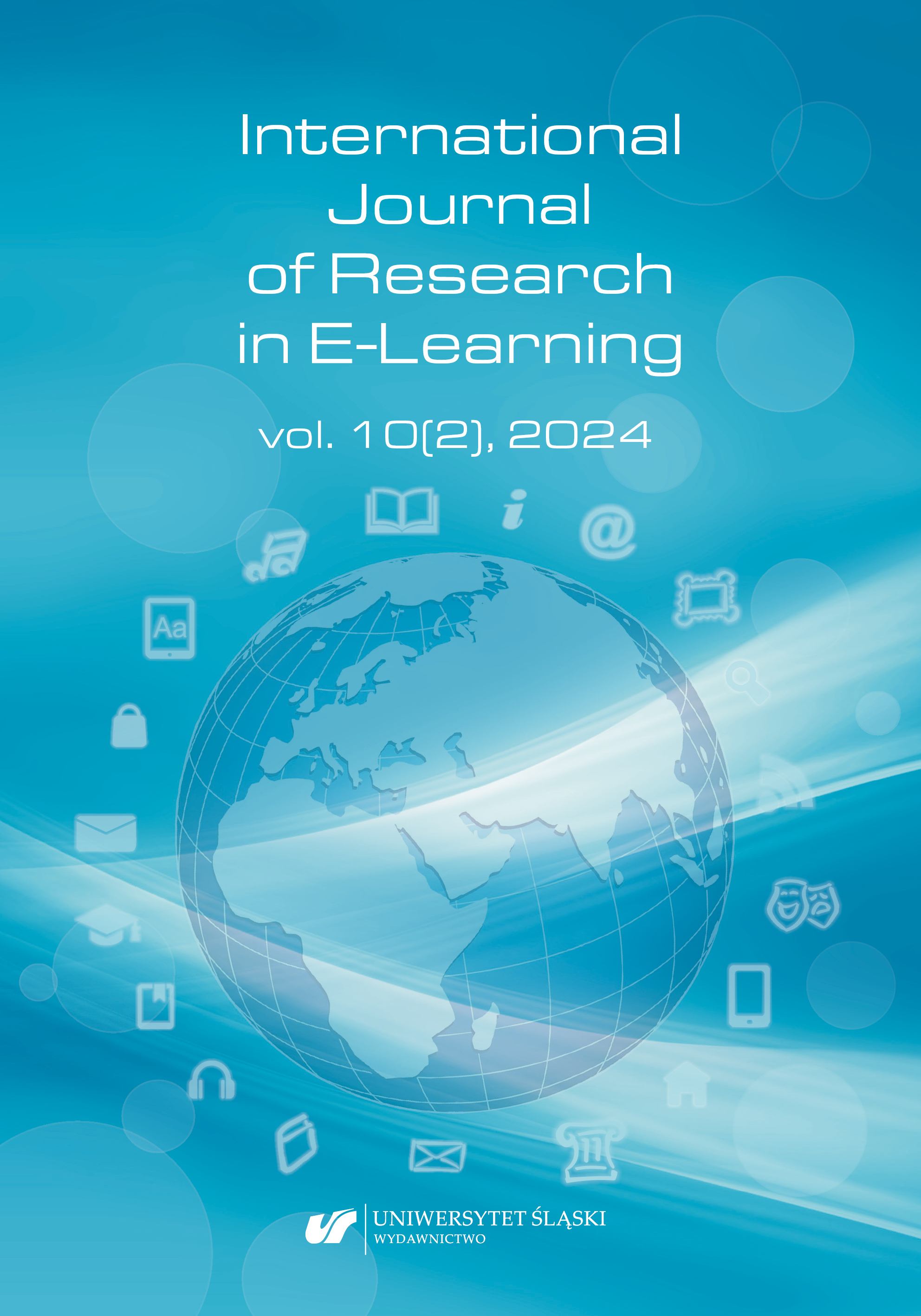

 https://doi.org/10.31261/IJREL.2024.10.2.02
https://doi.org/10.31261/IJREL.2024.10.2.02
The article presents a discussion on the application of e-learning in education of prisoners in Portugal. Today, e-learning has already become a significant complementation and extension of the current education offer. Avoiding application of modern technologies in education may lead to intensification of digital, social, educational and economic disparities in the society. There are also threats of complete digital exclusion of some social groups. One of those groups is formed by people serving their imprisonment sentences. A serious problem in offering the opportunity to benefit from e-learning to this particular group pertains to infrastructural disparities and availability of computer equipment and access to the Internet. Furthermore, considering the specificity of penitentiary institutions, security becomes an important issue as well. In Portugal, education of prisoners, including e-learning, has been focused on the context of life-long learning. Modern tools have been created and applied in education of prisoners and their learning processes. The projects, such as EPRIS@@ and Open University have been already in operation for some time. They can be an inspiration for prison staff members in other countries. The aim of the article is to show the solutions pertaining to e-learning dedicated to prisoners applied in Portugal as an example of the successful use of new technologies in education of convicts. The research methods include a case study. The techniques applied in the research include document analysis, a free-form and question-targeted interviews. The following research problems have been formulated: What solutions in the field of e-learning dedicated to prisoners are applied in Portugal and how are they implemented? What are the objectives of the discussed projects? How does the course of the learning process look like, with the consideration of the applied tools? What problems are presented to prisoners? What are the weaknesses and strengths of the applied solutions? How is the evaluation of the learning outcomes achieved? What does the innovative character of the solutions applied in the field of e-learning dedicated to prisoners consist in? In order to collect the discussed material, the analysis of content, statistical data and interviews with educators working with prisoners have been used. The materials referred to in the article were collected in 2022, in the Institute Piaget and the Open University of Porto in Portugal.
Download files
Citation rules
Licence

This work is licensed under a Creative Commons Attribution-ShareAlike 4.0 International License.
The Copyright Owners of the submitted texts grant the Reader the right to use the pdf documents under the provisions of the Creative Commons 4.0 International License: Attribution-Share-Alike (CC BY SA). The user can copy and redistribute the material in any medium or format and remix, transform, and build upon the material for any purpose.
1. License
The University of Silesia Press provides immediate open access to journal’s content under the Creative Commons BY-SA 4.0 license (http://creativecommons.org/licenses/by-sa/4.0/). Authors who publish with this journal retain all copyrights and agree to the terms of the above-mentioned CC BY-SA 4.0 license.
2. Author’s Warranties
The author warrants that the article is original, written by stated author/s, has not been published before, contains no unlawful statements, does not infringe the rights of others, is subject to copyright that is vested exclusively in the author and free of any third party rights, and that any necessary written permissions to quote from other sources have been obtained by the author/s.
If the article contains illustrative material (drawings, photos, graphs, maps), the author declares that the said works are of his authorship, they do not infringe the rights of the third party (including personal rights, i.a. the authorization to reproduce physical likeness) and the author holds exclusive proprietary copyrights. The author publishes the above works as part of the article under the licence "Creative Commons Attribution-ShareAlike 4.0 International".
ATTENTION! When the legal situation of the illustrative material has not been determined and the necessary consent has not been granted by the proprietary copyrights holders, the submitted material will not be accepted for editorial process. At the same time the author takes full responsibility for providing false data (this also regards covering the costs incurred by the University of Silesia Press and financial claims of the third party).
3. User Rights
Under the CC BY-SA 4.0 license, the users are free to share (copy, distribute and transmit the contribution) and adapt (remix, transform, and build upon the material) the article for any purpose, provided they attribute the contribution in the manner specified by the author or licensor.
4. Co-Authorship
If the article was prepared jointly with other authors, the signatory of this form warrants that he/she has been authorized by all co-authors to sign this agreement on their behalf, and agrees to inform his/her co-authors of the terms of this agreement.
I hereby declare that in the event of withdrawal of the text from the publishing process or submitting it to another publisher without agreement from the editorial office, I agree to cover all costs incurred by the University of Silesia in connection with my application.

Vol. 10 No. 2 (2024)
Published: 2024-12-31

This work is licensed under a Creative Commons Attribution-ShareAlike 4.0 International License.